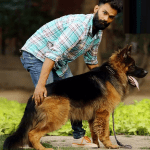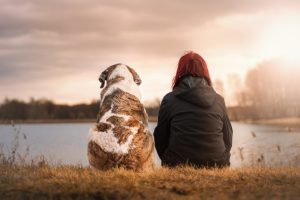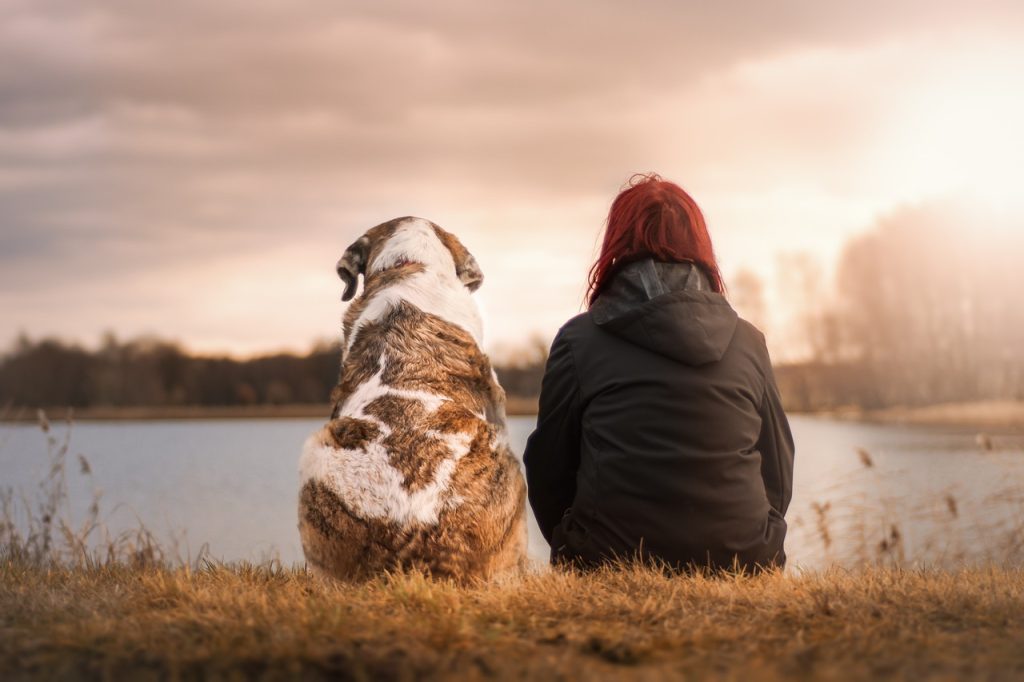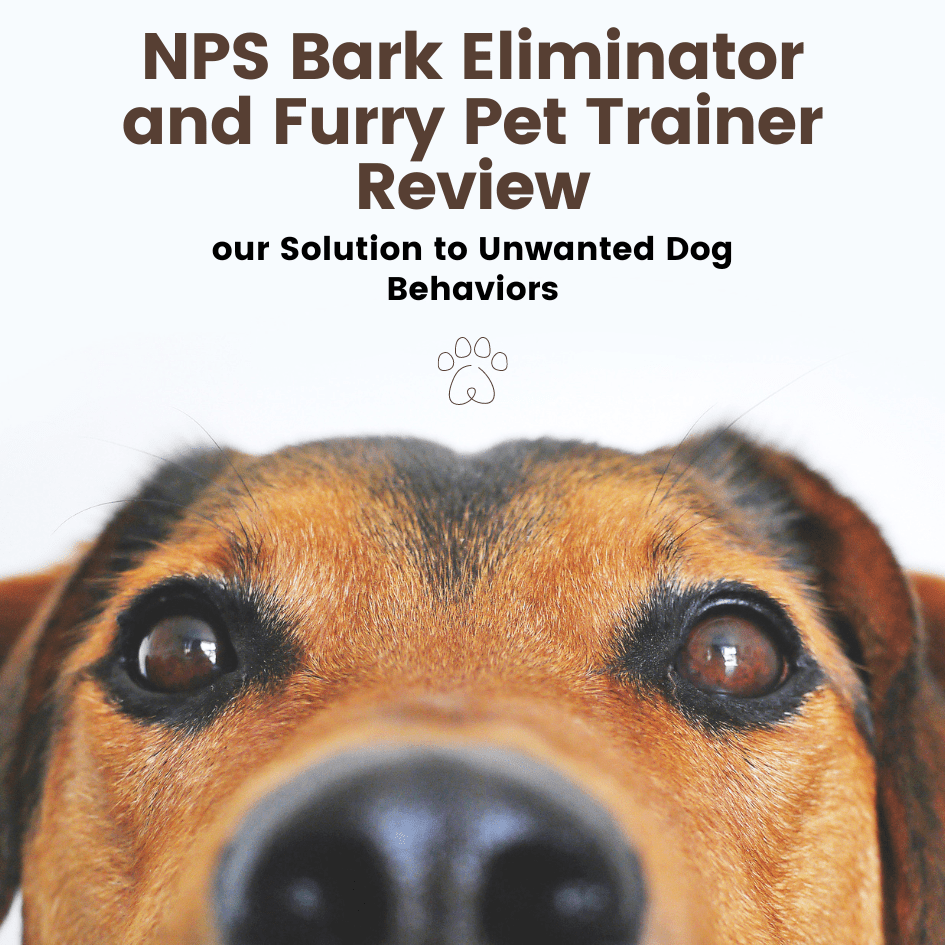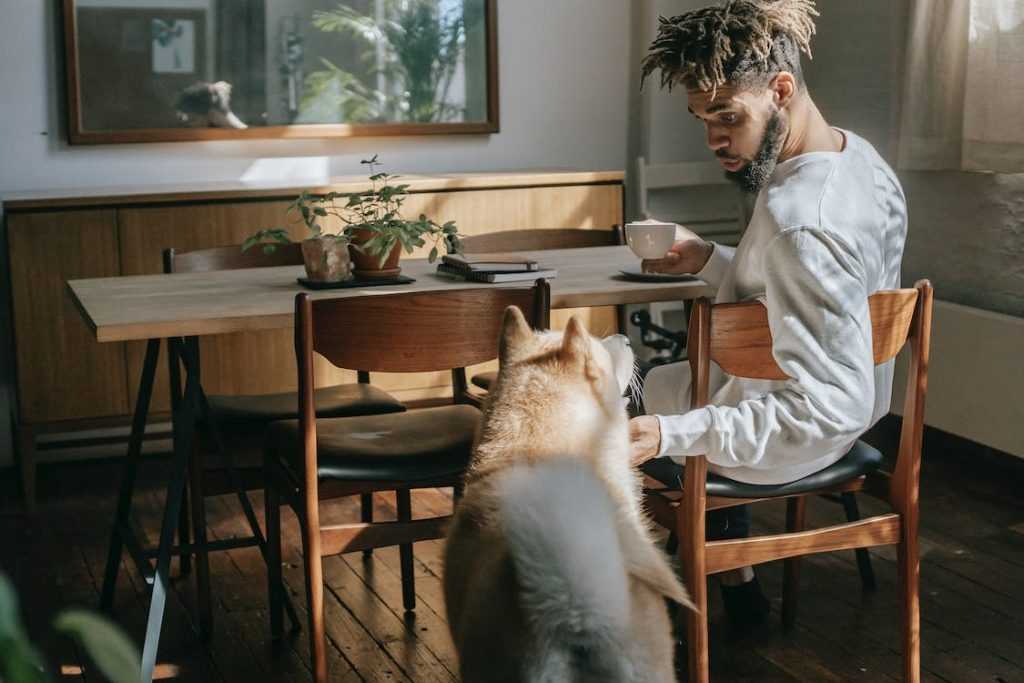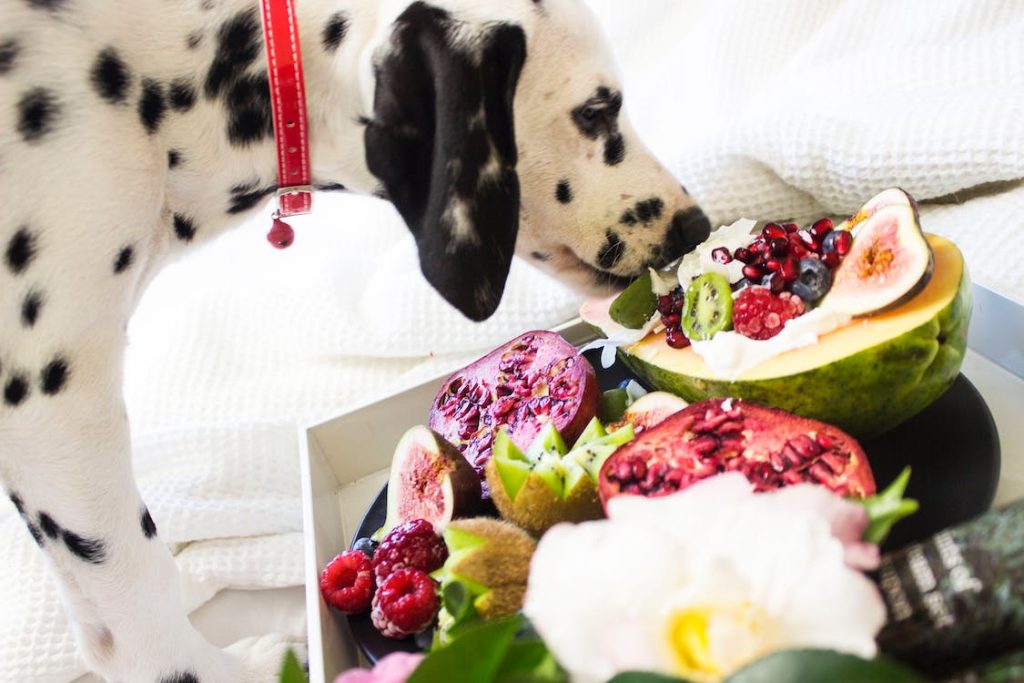The beautiful dog Siberian husky has a thick color coat over it that is naturally available in different shades and marks. The main attraction of the dog bread, the Siberian husky is their multi-colored eyes, mostly light blue or green. The Siberian husky originated in Siberia, which is what they have named after.
The attraction of human beings to the Siberian husky breed is understandable due to its looks and attractive features but the dog can be a really hard thing to deal with the newly made dog parents. The Siberian husky dog will try to escape most often so they will require a yard that has fences all around it.
But there are some proper ways to deal with it. Moving the dig around in the fresh atmosphere and giving him a good exercise will not only give him a good atmosphere but will also reduce his escape attempts and various behaviors that one is not able to comprehend.
About the Siberian Husky Breed

A medium-sized, extremely attractive in its looks to the owner, active dog breed is known as The Siberian Husky breed. The Siberian husky breed originally belonged to the spitz genetic family which is pretty much recognizable from its features. It has coat layers and triangular ears that stand up like antennas.
Furthermore, it looks smaller than the Alaskan malamute dog, which looks similar to it to most people and it gets hard to differentiate between them usually. In Northeast Asia, people known as Chukchi people utilized these Siberian husky breeds for various purposes like for guarding.
The ancestors of the Siberian husky breed lived in an extremely freezing environment of Siberian arctic which is why this breed is adapted to cold temperatures and functions energetically and actively. Later, a Russian fur trader spread awareness about this dog breed to Nome in Alaska. At that time he introduced them as sled dogs.
History of the Siberian Husky
The original sled dogs introduced by William and kept by Chukchi people were said to have been extinct but Benedict, a Geographical magazine writer, visited the places again and discovered that they still existed. He wrote a description of their breeding that the Chukchi people were carrying out and he had written that it highlights the behaviors of obedience and survival techniques in them. They also trained them in a way that the families who were supporting them will have to go through minimum difficulties. And so it happened, because of the Siberian husky people were able to survive.
The dog breed, Alaskan malamute, quite similar to the Siberian husky breed originally descended from the sled dogs, Yes, The Siberian husky and the Alaskan malamute has the same ancestors. So does the Samoyed breed? The word “husky” in the name of the dog breed Siberian husky came from the word “esky” which was once used to the Eskimo and their dogs.
Personality of the Siberian husky
The Siberian husky, unlike other dogs, does not bark; it howls. The Siberian husky is well known for jumping fences which is why they are kept in yards with high fences, but there is more detail for this one. Siberian husky not only does like to jump fences but they like to escape generally too. They would dig grounds or use other alternatives if the jumping fences idea does not work.
The Siberian husky require special care in the matter that it is an active and energetic dog and will require constant exercise and would require outdoor growth and can cause destruction if kept indoors for longer. Otherwise, the Siberian husky is a good breed with children and can be raised by them. It is energetic but not violent.
The Chukchi knew how to raise them so they let them do their thing freely in the summers. But as a result, now the Siberian huskies have quite a good prey drive. The Siberian husky feeds on birds, small animals, cats, etc. Siberian husky only likes to return to their owners when they have run out of the foot or the weather conditions seem bad, which they can sense. The same was the instincts found in the Siberian husky in the early days.
Health Care of the Siberian husky
The main health issues found in the Siberian husky breed are known to be inherited genetically. The health issues are juvenile cataracts or progressive retinal atrophy (issues related to eyes) or mostly seizures/paralysis. Another health issue to occur can also be hip dysplasia although it is not very likely or common. Only about 25 of the Siberian husky population have shown a hip dysplasia situation to the ODFA which stands for The Orthopedic Foundation for Animals. However, the ASPCA has shown that the Siberian husky lives for an average of 12 to 14 years. The Siberian huskies are also at risk of other diseases like bronchitis or ulcerations. The Siberian huskies have also been stated to be vulnerable to the fonder effect. That is all you need to take care of.
Physical Needs of Siberian husky
The Siberian husky is known to be an active and quiet an energetic dog so it requires constant physical exercise. Do not lock him up indoor, take him outside, let him hunt its prey, let him run around. It will improve his behaviors and keep him fresh and active. For a dog to stay healthy and active, the owner has to take care of its physical needs which include its cleanliness. To keep him all tidy and cleaned up the owner can use Dog shampoo and Dog toothpaste Also, do not worry you have all the tools with which you will have to use the toothpaste, for that use dog toothbrush.
The Adaptability of Siberian husky
The Siberian huskies are known to have adopted a very loving and trusting relationship with their owners. They are known to become dependent on their owners. The Siberian huskies are loyal towards their owners; they tend to survive if they are left alone. They have sharp instincts. The dogs tend to adapt living within the fence however, they are known as the ones who are always trying to escape. To keep them in a secure yard you can use The Electric fence
Feeding Siberian husky
Dogs are mostly fed on commercial dry/wet food but nowadays many of them, mostly Siberian husky owners have shifted to a more nutritional diet. What are the benefits of the new diet? The fish, small animals, vegetables and chicken keeps them active and healthy. For some good dog feeding, you can always buy these products just a click away
The breeding Cycle of Siberian husky
For breeding a Siberian husky dog, you will need a female husky, about 2 years old, and a male husky that is 6 months old.
Tip: Before breeding the male and female huskies make sure you visit the veterinary hospital and check if they do not have a disease or any other health condition that would affect the husky birth. It is known that their gestation period is about 63 days.
Growing Cycles & Lifespan of Siberian husky
The Huskies are said to be adult size when they are 12 months old, they become adults from 1 to 7 years. Huskies take as long as 2 years to fully grow into senior dogs; some male huskies take as long as 36 months to fully grow into a shape. Female huskies grow usually into 19 to 23 inches tall. Siberian huskies mostly live for about 12 to 14 years.
Coat & Colors of Siberian husky
Unlike many varieties of dog breeds Siberian husky is available in a lot of colors some of which are the following: white, black, splash, grey, stable, silver and brown, They are well known for the thick fur coat layer over them which helps them survive the cold weather. The most interesting thing about the Siberian husky coat fur color is that it changes according to their ages and the season. It gets darker as they grow old and changes color according to winters and summers.
Friendliness Levels & Compatibility with other Pets
The Siberian husky is known to be really friendly dogs, especially with children. They are loyal and find good friends in people. The Siberian husky also make good friends in other dogs and wolfs. However, in some cases, they do not. But, do not worry; they can be easily trained into doing so. However, they are not friendly towards cats and livestock. Of course, they are their major hunting prey.
[box type=”shadow” align=”” class=”” width=””]Other Dog Breeds We’ve Reviewed:
[/box]
